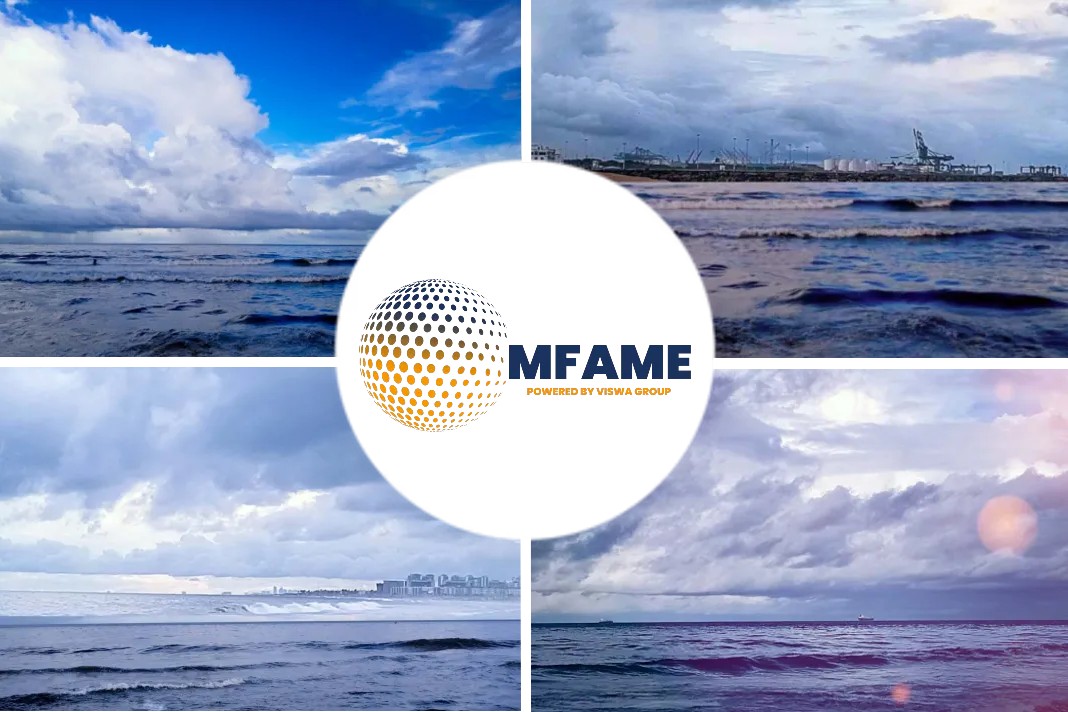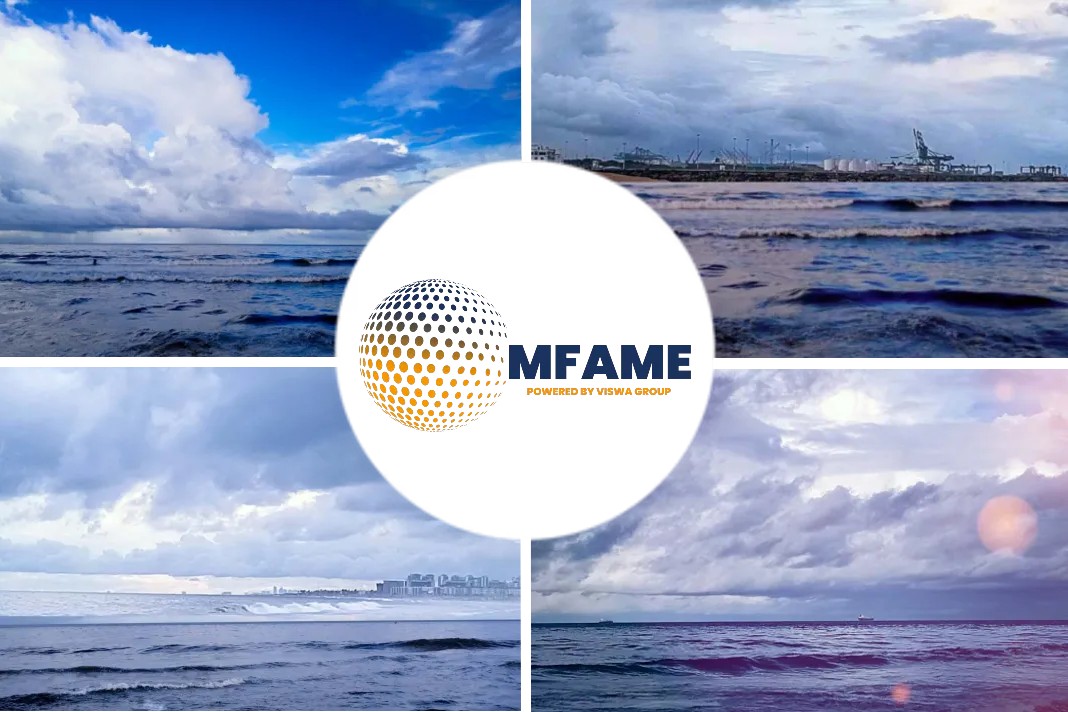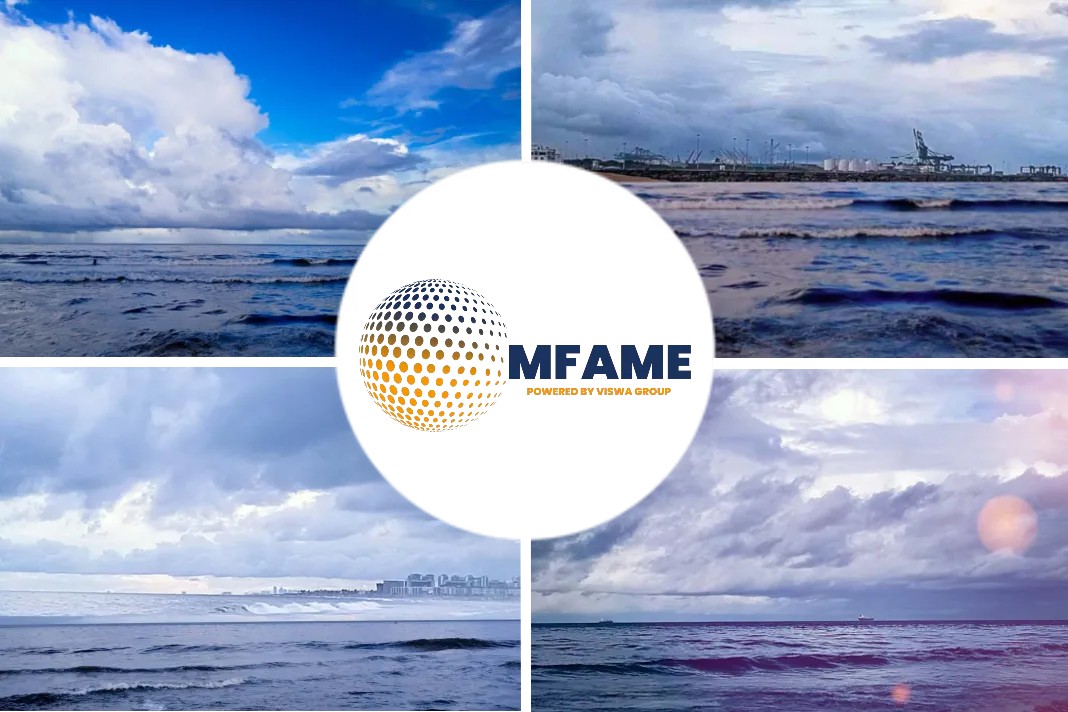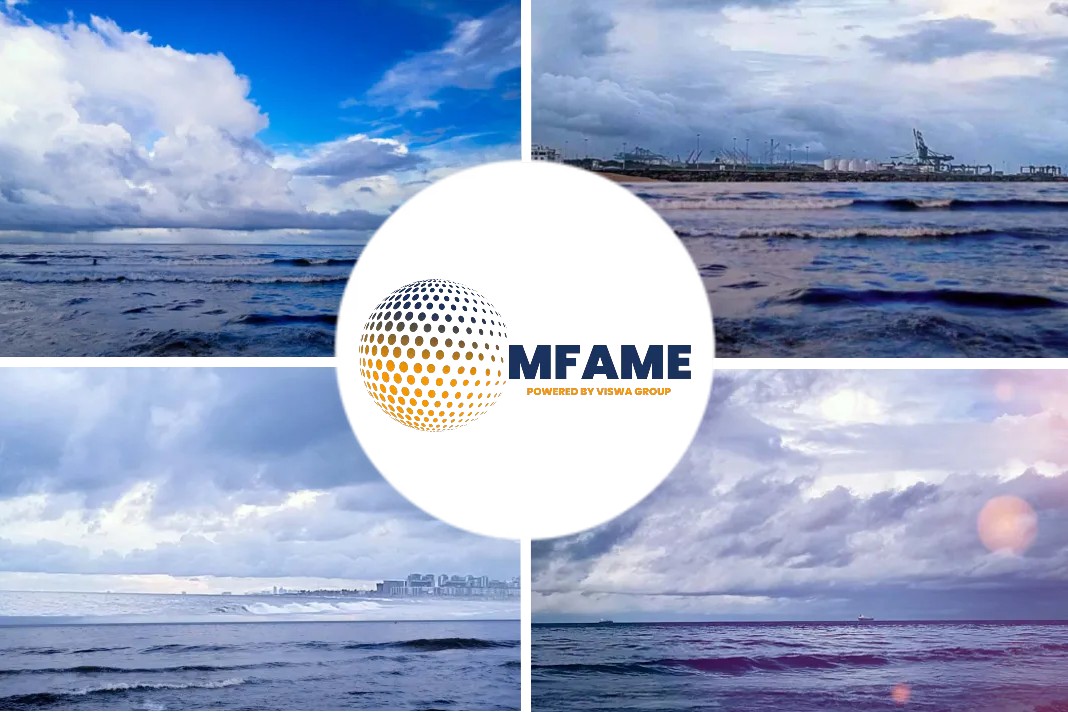- Namibia is expected to run out of land-based gem mining in around 15 years.
- 5 Debmarine ships mining the seabed for diamonds off the southwest coast of Namibia.
- Debmarine also unveiled the SS Nujoma, a $157m deep water diamond exploration, and sampling vessel.
- Since production began in 2002, Debmarine Namibia has depleted around 50 square miles which is just 2% of the license area.
- The company’s license expires in 2035.
While most mining is done on dry land, off the coast of Namibia, a De Beer’s co-owned venture is searching for high-grade diamonds by dredging the seabed with giant mining vessels. To scale up its operation, the company recently signed a refitting deal with Wärtsilä and last year invested in the largest diamond mining vessel ever built, reports the Mining Technology.
Offshore the southwest coast of Namibia, five specially designed ships are mining the seabed in search of marine diamonds washed into the Atlantic Ocean by the Orange River. Since 2002, Debmarine Namibia, owned in equal shares by the Namibian Government and diamond miner De Beers, has held an offshore mining license that has so far produced around five million carats of diamonds from the relatively shallow waters.
Why marine diamond mining?
The area is an important mining frontier for both Namibia and De Beers. Namibia is famous for its high-quality diamonds and is among the top ten producers in the world, relying heavily on the income the gems generate. But the country is expected to run out of land-based gem mining in around 15 years, so it is becoming increasingly dependent on marine mining.
To exploit these diamonds, which are found in water depths of up to 150m, a specialist process is conducted using advanced equipment. In the past year, De Beers has invested heavily in upgrading this equipment.
In November 2017, the miner announced a new $142m ship from Norwegian Kleven Verft AS had been ordered, which is expected to be the largest custom-built diamond mining vessel in the world.
And in August this year, De Beers signed an agreement with Wärtsilä to replace generating sets and extend the lifetime of the Debmar Pacific – its oldest vessel, built in the 1970s.
The process
Diamonds were first discovered offshore Namibia in the 1960s. Over the years, coastal waters have produced around 95 million carats, including around 12 million from deep water marine mining.
Finding Potential Areas
While in the past many ingenious methods have been deployed to liberate the diamonds from the seafloor, today the process is highly sophisticated and fully automated. First, to find the most lucrative areas to mine, the seabed is scanned using unmanned and remotely operated vehicles equipped with geophysical mapping technology. This is followed by sampling to determine a reserve’s inventory.
The findings, along with other parameters, form the basis of a mine plan, which the company says “ensure the diamonds identified are brought to the surface in the safest and most sustainable, and economic way.”
To remove the precious gems, a horizontal crawler is attached to one of the company’s vessels, which then moves along the specific area dredging up the seabed.
Mining Techniques
Different mining technologies are deployed to suit different ground conditions. These include an airlift-drill technology, which uses a 6.8m-diameter drill bit working in overlapping circles on the seafloor, and a crawler, which uses a 280-tonne track-mounted crawler to dredge the sea floor. Four of the production vessels use the airlift-drill, whilst only one vessel – Mafuta – uses the crawler.
Separation of diamonds from sediments
Up to 60 tonnes of sediment are lifted up to the vessel through a giant pipe each hour. Aboard the ship, the sediment is then washed and sifted into increasingly smaller stones, using a series of vibrating racks and rotating drums that crush rocks.
Sediment that is non-diamond bearing is discarded back to the ocean floor. Any diamonds that are found are sealed in small barcoded containers and flown, three times a week, by helicopter to vaults ashore.
The ships
The company operates five diamond mining vessels: the Debmar Atlantic, Debmar Pacific, Gariep, Grand Banks, and Mafuta.
Earlier this year, Debmarine unveiled the SS Nujoma, a $157m deep water diamond exploration and sampling vessel named after former Namibian president Sam Nujoma. At the ship’s christening in June, he declared: “The future of marine diamond mining is here, and it’s Namibian.”
As the entire mining process is technology driven, maintaining the fleet and making it as efficient as possible is of the utmost importance.
The refitting work to be completed by Wärtsilä, for example, will extend the lifetime of the vessel, as well as reduce its specific fuel oil consumption. The new equipment is also said to be more reliable and needs less maintenance, reducing disruptions in operations.
In 2017, De Beers Marine and Wärtsilä signed a similar agreement to outfit new Wärtsilä gen-sets to the company’s other diamond mining vessels, Grand Banks and Debmar Atlantic. The company is also currently carrying out an engine control system upgrade project on the Mafuta vessel. Delivery of the company’s new Kleven Verft AS vessel is expected in 2021.
Environment monitoring
However, while the long-term effects of land mining are widely known, the impact of offshore mining is much less understood.
Debmarine claims rehabilitation of mined marine environments occurs naturally, and recolonization and recovery take place once mining operations have ceased in a particular area.
The company actively monitors the environment through surveys conducted by independent scientists, the results of which are published in an annual report and peer-reviewed.
Short-term effects
According to an article by The Wall Street Journal in July last year, operators controlling the dredging equipment sometimes see fish and octopus sucked up by the hose, but they appear to survive as they are returned to the sea.
Still, environmentalists are concerned about the lack of knowledge about the long-term effects of seabed mining.
Long-term effects unknown
“The worry is that we are going to irreparably harm this environment and these species before we discover them,” Emily Jeffers, an attorney with the Center for Biological Diversity, told the Post.
Furthermore, a 2014 policy briefing from the Governance of Africa’s Resources Programme (GARP), which is funded by the Norwegian Ministry of Foreign Affairs, notes that potential impacts of this kind of mining include the removal of mined material, along with organisms living on or under the seabed; the perturbation of the seabed; and the introduction of new materials to the environment.
However, despite environmentalists’ concerns, the offshore mining sector shows no signs of slowing down.
The future
Since production began in 2002, Debmarine Namibia has depleted around 50 square miles, just 2% of the license area. Speaking to CNN, CEO Otto Shikongo said that there are probably enough stones scattered across the Atlantic seabed to continue mining for at least the next 20 years. The company’s license expires in 2035.
Namibia’s Orange River is just the beginning. Deep-sea mining offshore Papua New Guinea by Nautilus Minerals is set to get underway in the next few years.
And although the Debmarine operations are much easier to conduct than deep-sea mining, chief executive of De Beer’s, Bruce Cleaver, speaking to the Post, has not ruled out new offshore activity elsewhere.
Did you subscribe for our daily newsletter?
It’s Free! Click here to Subscribe!
Source: Mining Technology



















